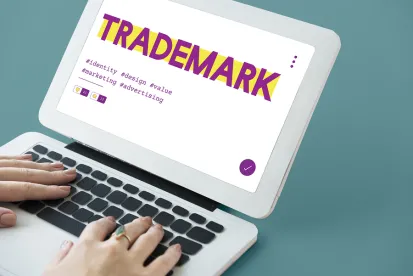Scammers haven’t stopped sending our clients fake trademark renewal notices, bilking them of thousands of dollars. For this reason, I am posting an updated version of my original blog post, “Beware the Trademark Scammers,” to help you differentiate between legitimate reminders and the many trademark scams being perpetrated by those out to steal your money.
Sometimes, it seems not a day goes by without a client calling me about a trademark-related scam. To help you avoid becoming another victim, I would like to share five frequently asked questions about two of the more common fraudulent schemes.
I received a notice in the mail. Does my trademark need to be maintained?
The dates in the notice may or may not be accurate and your registration may not be due for maintenance. Please contact your trademark attorney to learn if the registration is in danger of expiring/being canceled. Most likely the sender is just looking to scam you out of money and will take no action with respect to your trademark.
Should I contact the sender of the notice or send money in?
No, I recommend ignoring any paper notices about upcoming deadlines and reaching out to your trademark counsel if you have any questions.
Does the Trademark Office mail notices such as these? How can I tell legitimate notices from trademark scams?
The United States Patent and Trademark Office (USPTO) never mails renewal notices. No matter how official the notice looks, and even if it says “U.S. Trademark Office” or “U.S. Patent and Trademark Office,” the notice is not legitimate. The three notices here, here, and here are examples of such real-looking, but fraudulent notices.
Are renewal notices received by mail or email the only type of trademark scams I should be worried about?
No, a new, second type of scam was born after Amazon launched its Brand Registry. Counterfeiters who wish to sell their products on Amazon started to file “change of correspondence address” forms changing the names of the correspondent associated with registrations in the USPTO. Then, when Amazon sends the code to the counterfeiter’s address, the counterfeiter is able to enroll in the Amazon Brand Registry, pose as the legitimate trademark owner, and sell its infringing products. The good news is that the USPTO has caught on to the scam and has begun to scrutinize these change of correspondence address forms.
What can I do to avoid trademark scams?
These scams are one of the many good reasons to have an attorney handle the filing and maintenance of your trademark registrations.
I hope that knowing about these common fraudulent schemes will help you avoid being the victim of trademark scams.




 />i
/>i

